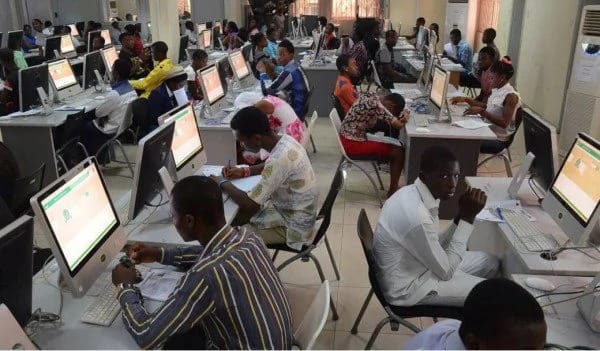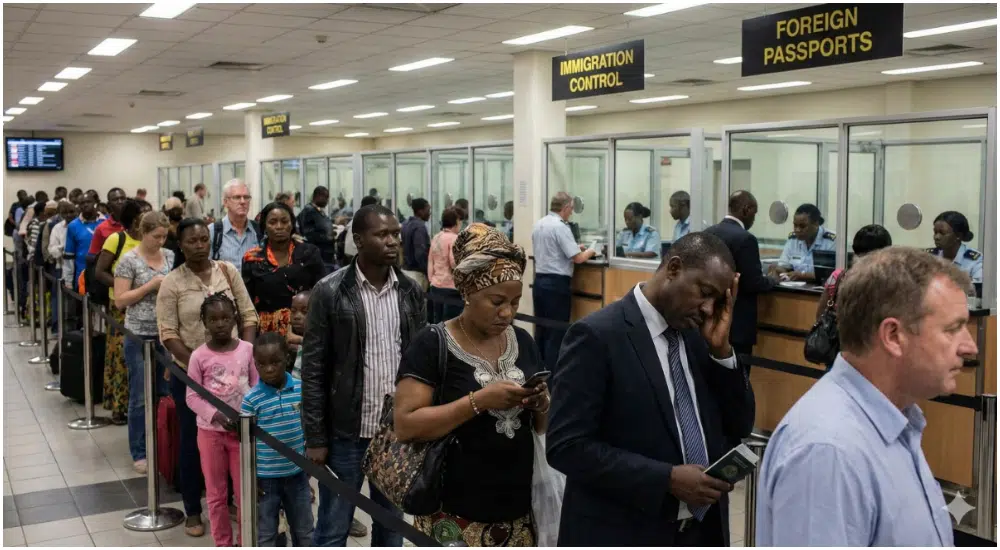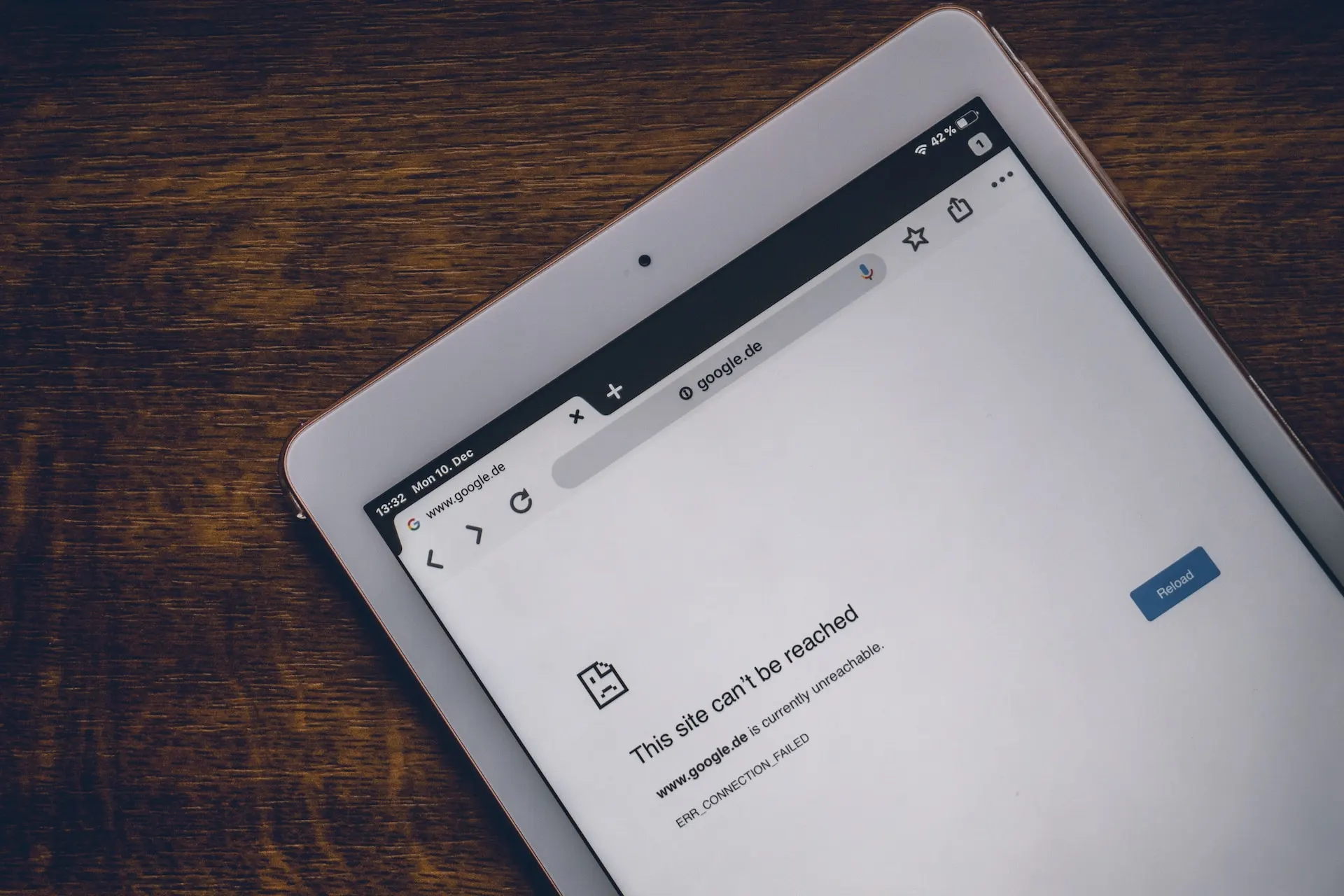On Friday, May 10, 2025, the Joint Admissions and Matriculation Board (JAMB) released the results of the 2025 Unified Tertiary Matriculation Examination (UTME), and it sparked confusion and public outrage.
The Board revealed, a few days after the results were released, that 75% of candidates scored below average. While the result, which has been described as the worst JAMB result since 2016, was initially attributed to TikTok addiction, an audit revealed that the error was from JAMB.
Thousands of candidates were shocked to discover they had scored far below expectations. Social media quickly filled with screenshots of unusually low results and calls for accountability.
In response to the growing uproar, JAMB initiated a high-level technical review. The findings revealed a deeply technical but critical error that quietly affected 379,997 candidates across 157 of 882 centres.
JAMB admitted to the error on Wednesday, May 14, 2025, with Registrar, Is-haq Oloyede, apologising and stating that the affected candidates will be contacted to retake their examinations starting Friday, 16 May.
The question, however, is how an error of this magnitude could have happened.
How did the JAMB error happen?
According to an explanation posted on X by Educare CEO, Alex Onyia, the error was a system upgrade that was not installed across all JAMB servers in Nigeria. Specifically, servers in Lagos and the South East did not get the system upgrade.
Onyia’s explanation was based on the findings of a technical review done on Tuesday, May 14, at JAMB’s headquarters in Abuja.
What kind of upgrade was supposed to be installed?
JAMB had introduced new updates to make the exam more secure and fair. These updates included full shuffling of both questions and answer options, so no two students got the same version.
The second update was a new scoring system that matched each student’s answers to the exact version of the question they received, instead of assuming everyone got the same version.
Why were the updates important for the Lagos and South East servers
The update was important because it allowed the exam system to recognise and score each student’s unique version of the test correctly.
Without it, the servers couldn’t properly interpret shuffled questions and answers, leading to marking errors. This is exactly what happened and why many students in those regions received much lower scores than they actually earned.
Why were the updates not installed in Lagos and the South East?
While JAMB blamed human error, there was no clear explanation of how the said human error happened.
When did JAMB catch the update error?
According to the technical review, the update error was caught after the 17th exam session. Once the error was discovered, JAMB corrected the server issue.
How many candidates were affected by the JAMB 2025 error?
A total of 379,997 candidates were affected. These students wrote their exams in 157 centres across Lagos and the South-East, using servers that had not been updated.
JAMB has announced that all affected candidates will be allowed to retake the exam at no extra cost.
They also coordinated with WAEC to avoid clashes with ongoing SSCE exams and advised candidates to reprint their exam slips to get their new schedules.
Nigerian government agencies and technical glitches
The 2025 JAMB incident is not an isolated case; Nigerian government agencies have faced several technical challenges over the years.
In 2017, prospective candidates encountered significant difficulties accessing the JAMB website during registration periods, leading to widespread frustration and protests.
The website’s poor accessibility was attributed to inadequate infrastructure and a lack of proper maintenance, highlighting the need for improved digital systems in public services.
Nigeria’s National Identity Management Commission (NIMC) also suffered a data breach that allowed several unauthorised platforms to sell sensitive personal and financial data of Nigerians for as low as ₦100.
The latest 2025 error by JAMB reveals that Nigeria needs reliable technological solutions and accountability measures within government agencies, or else, worse errors are bound to happen.










